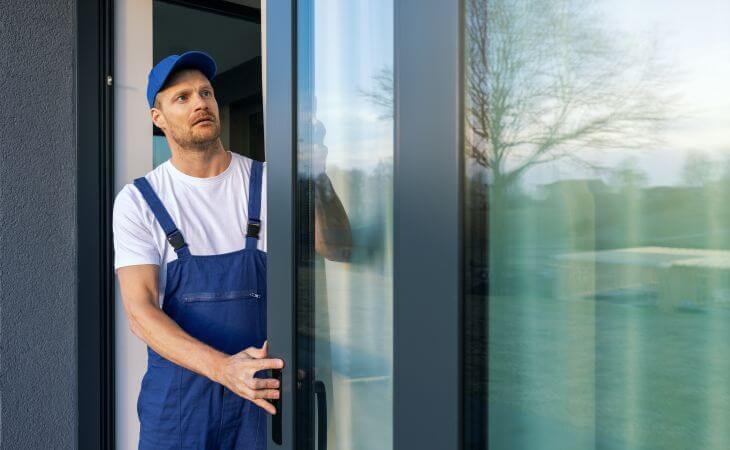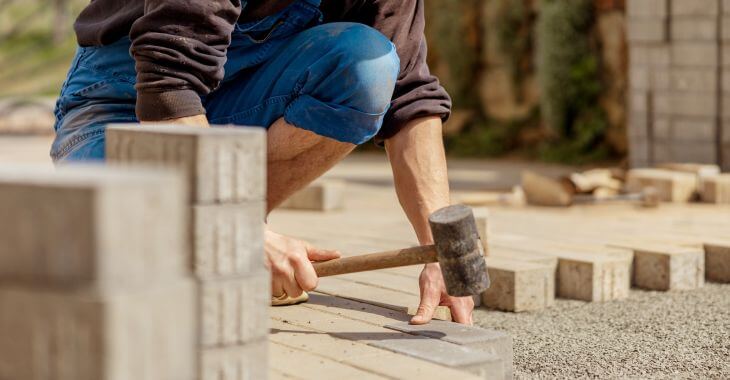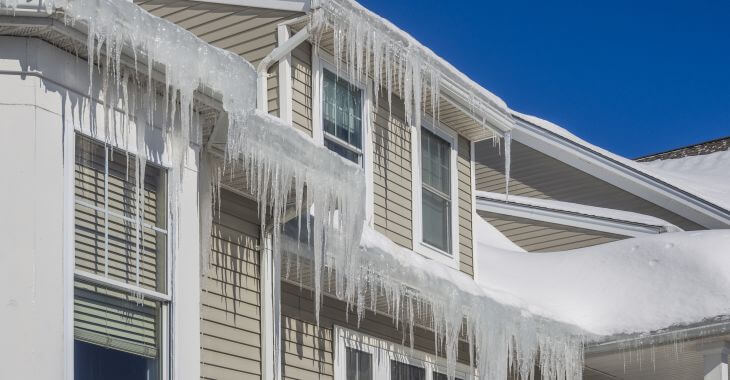What Are the Different Types of Windows for Home Improvement?

When it comes to home improvement, upgrading your windows can significantly enhance both aesthetics and energy efficiency. Understanding the different types of windows for home improvement helps homeowners choose options that suit their style, functionality needs, and budget.
1. Single-Hung and Double-Hung Windows
Single-hung and double-hung windows are among the most popular choices for homes. Both feature two window sashes (panes) set vertically, but there are key differences.
- Single-Hung Windows: Only the bottom sash opens by sliding upward, while the top remains stationary. These windows are more affordable and ideal for traditional homes.
- Double-Hung Windows: Both sashes can slide up and down, offering better ventilation and easier cleaning. Double-hung windows are a great choice for rooms that require better airflow.
Both types provide a classic appearance and can be customized with various frame materials, including wood, vinyl, and aluminum.
2. Casement and Awning Windows
For a modern and functional design, many homeowners turn to casement and awning windows. These windows operate on hinges, offering unique benefits.
- Casement Windows: Hinged on the side, casement windows swing outward like a door. They provide excellent ventilation and unobstructed views, making them perfect for areas like kitchens.
- Awning Windows: Hinged at the top, awning windows open outward from the bottom. They are often installed higher on walls to allow airflow while maintaining privacy and keeping rain out.
Both casement and awning windows are energy-efficient because they create a tight seal when closed, reducing air leaks.
3. Sliding and Fixed Windows
Sliding and fixed windows offer practical solutions for various home styles and needs. These windows cater to homeowners looking for ease of operation or large, unobstructed views.
- Sliding Windows: These windows have one or more movable sashes that glide horizontally along a track. They are easy to operate and require minimal maintenance, making them suitable for large openings.
- Fixed Windows: As the name suggests, fixed windows do not open. They are often used to frame scenic views or provide natural light to rooms without the need for ventilation.
Sliding windows are ideal for contemporary homes, while fixed windows are often incorporated as design features.
4. Bay, Bow, and Garden Windows
For homeowners who want to add architectural interest and extra space, bay, bow, and garden windows are excellent choices.
- Bay Windows: These windows extend outward from the home, typically with three panels. The central window is fixed, while the side windows can be either casement or double-hung.
- Bow Windows: Similar to bay windows, bow windows create a curved appearance with four or more panels. They provide a panoramic view and enhance natural light.
- Garden Windows: Designed for placing plants, garden windows project outward with a glass roof and side panels, creating a small greenhouse-like space.
These window types can transform a room by adding character, natural light, and extra seating or storage space.
5. Energy-Efficient Windows
Energy efficiency is a crucial factor in home improvement, and energy-efficient windows help reduce heating and cooling costs. Key features of these windows include:
- Low-E (low-emissivity) Glass: This coating reflects heat while allowing light to enter, improving insulation.
- Double or Triple Glazing: Multiple panes of glass with insulating gas between them reduce heat transfer and noise.
- Weatherstripping and Seals: High-quality seals prevent air leaks and drafts, ensuring optimal energy savings.
Energy-efficient windows are available in various styles, allowing homeowners to combine functionality with sustainability.
6. Specialty Windows for Unique Needs
Sometimes, a home requires windows designed for specific purposes. These specialty windows cater to unique architectural or functional needs.
- Skylight Windows: Installed on the roof, skylights provide natural light to areas like bathrooms, hallways, and attics.
- Arched Windows: Often used for decorative purposes, arched windows add elegance and character to the home’s design.
- Egress Windows: These large windows are required in certain rooms, such as basements, to provide a safe escape route in case of emergency.
Specialty windows can enhance the value and functionality of your home, making it more versatile and appealing.
Choosing the Right Window Type for Your Home
Selecting the right types of windows for home improvement depends on several factors, including:
- Climate: Homes in colder climates benefit from energy-efficient options, while warmer regions may prioritize ventilation.
- Aesthetics: The window style should complement the architectural design of your home.
- Functionality: Consider how the windows will be used, such as for natural light, ventilation, or scenic views.
- Budget: Different materials and features can affect the overall cost, so choose options that balance quality and affordability.
Working with experienced contractors ensures that your windows are installed correctly, maximizing their performance and lifespan.

Enhance Your Home with the Right Windows
Whether you are upgrading for style, efficiency, or both, choosing the appropriate types of windows for home improvement can transform your living space. By exploring the various styles and features available, you can create a more comfortable, visually appealing, and energy-efficient home environment.


